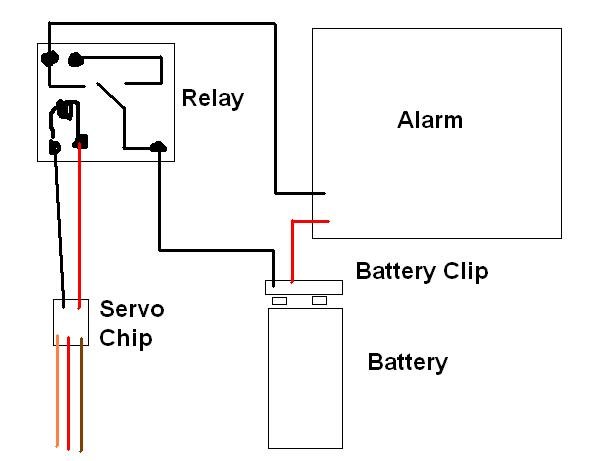Dethermalizers are used on free flight gliders to force them down if they get caught by the wind or a thermal.
I would like to do something like this on a radio controlled glider. Specifically, I would like the elevator or rudder to snap to full throw if radio signal is lost.
Do any of you have an idea how this could be done? I don't want it on a timer like the free flight gliders. I need it to engage if there is no radio input received. My first thought is to program the radio with full deflection on startup but I can't figure out how this could be done other than limiting my stick to half its range (center to end point instead of end point to end point). This should work but now I only have half the stick range available.
Any ideas?
I would like to do something like this on a radio controlled glider. Specifically, I would like the elevator or rudder to snap to full throw if radio signal is lost.
Do any of you have an idea how this could be done? I don't want it on a timer like the free flight gliders. I need it to engage if there is no radio input received. My first thought is to program the radio with full deflection on startup but I can't figure out how this could be done other than limiting my stick to half its range (center to end point instead of end point to end point). This should work but now I only have half the stick range available.
Any ideas?





